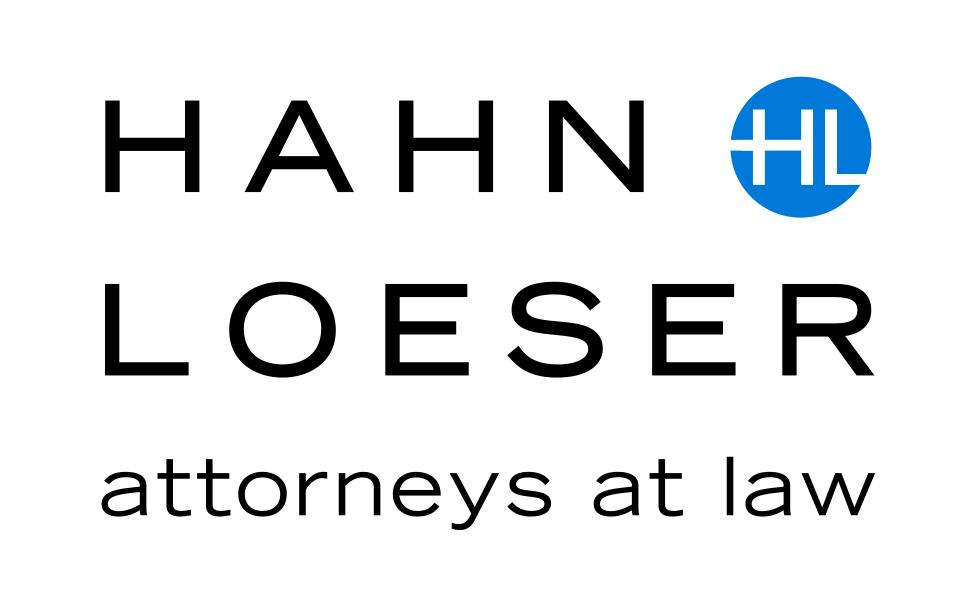At the most basic level, contracts serve to assign, allocate, and mitigate risk. Parties—unsurprisingly—are typically unwilling to adopt greater risk than required, and often look to assign most of the risk to the other contracting party. While understandable, this approach may have unintended costs.
For the most part, the general risks associated with a construction project are commonly understood and accounted for in broad form provisions. Such provisions alone, however, may not effectively address the unique risks associated with the rise in material escalation, volatile supply chains, increased labor demand, and skilled labor shortages. In turn, disputes related to the foregoing procurement and delivery issues are on the rise. Even when resolved, contractors and owners alike have been equally dissatisfied.
It is unreasonable to believe that all risk can be identified and assigned from the outset. However, including provisions that require proactive planning, early procurement meetings, and early deliverables may mitigate the chances of procurement issues, and certainly reduce the negative impact should they arise. The risk of the unknown does not have to be solely allocated to one party or another. Encouraging a project centric approach, obligating all parties to engage and share risk, will benefit all parties who choose to adopt such a perspective. Below are some early planning and procurement procedures/concepts that can easily be incorporated into contract terms and/or early engagement project activities.
What can Owners and their Design Teams / Consultants consider doing?
- Foster early engagement – find a way to create a true collaborative partnership between all members of the team as early as possible:
- This could be driven by the type of project, but is important to have ALL team members involved as early as possible, including early engagement of the construction team; and
- For scenarios or projects where the owner is hesitant to engage team members too early for potentially losing pricing competitiveness, there are various ways for an owner to maintain cost confidence from the whole team throughout the entire process.
- Understand the environment – look for multiple options and rely on input from all team members throughout the process:
- Establish an environment with open communication being a critical focus piece;
- Avoid playing the “blame game” and be understanding when difficult news is communicated to encourage continued open and transparent flow of information in real time from all parties; and
- When soliciting for proposal requests or bids, encourage real-time feedback from contractors, subcontractors, and their material vendors.
- Be flexible and understanding – be ready for and open to potential alternative options for final product selections:
- Encourage a streamlined substitution process – perhaps even cater to the project and work ahead with the Design Team / Consultants so decisions can move efficiently and effectively;
- Wherever possible, avoid sole-source manufacturers or closed-spec materials. Limiting available options in current market conditions can be a recipe for disaster; and
- If a change is necessary, seek diligent back-up documentation so that decisions can be made quickly with reliable and appropriate information.
What can Contractors consider doing?
- Encourage open and often communication from the outset, and continue through the entire project;
- Offer current-trending material procurement information during the bidding process;
- Create options for team members to evaluate – both time driven and product driven;
- Provide potential temporary solutions that offer workarounds to achieve substantial completion with minimal, non-intrusive come-back work;
- Include detailed assumptions and clarifications – part of winning the work is showing the commitment of your team up front, so be sure to include information to help the Owner make a selection, knowing you are the right add to the team; and
- Evaluate if and potentially recommend that a project would benefit from lower-tier design-assist involvement for an even stronger finger on the pulse of the current market.
Working collaboratively across all disciplines from the early project development phases all the way through substantial completion will help to flush out issues driven by product availability. It will also help to encourage alternative solutions, whether its flexibility in various materials, multiple design options for specific elements, or temporary construction solutions until those selected materials are available for final installation.
Many organizations and projects have already adopted early strategy sessions to overcome these and other types of project issues. With the ultimate goal in mind of mitigating risk across all interested parties, it is important to memorialize the outcome of those sessions. For instance, consider incorporating agreed upon strategies with an amendment to the contract or a no-cost change order. The real key is nothing new. It goes back to what is at the core – teamwork, communication, planning, and execution. Encouraging this throughout the entire project will create and foster an environment for overall project success with the entire team.




